Excursion route
The route recommended by TV programs You trace the course personalities of TV programs walked along4-hour course (by car or on foot)
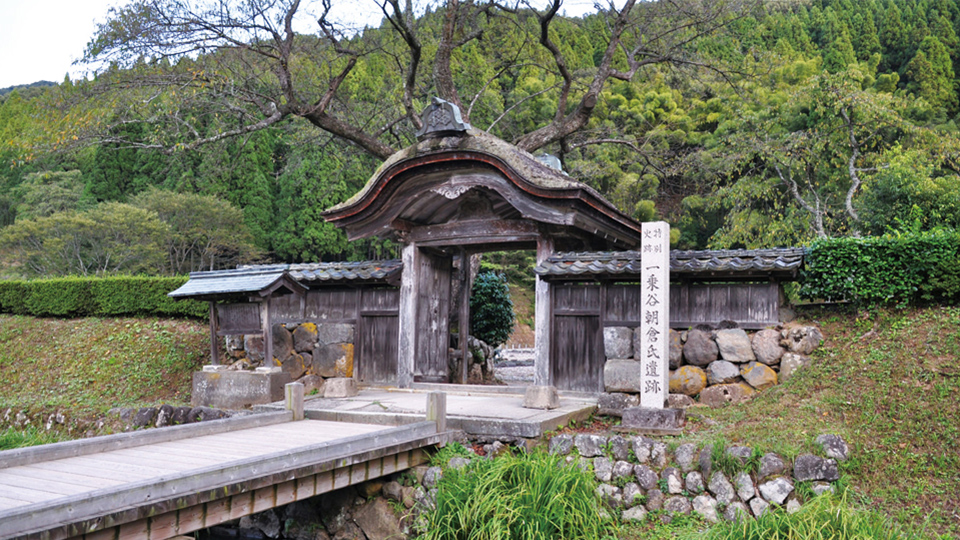
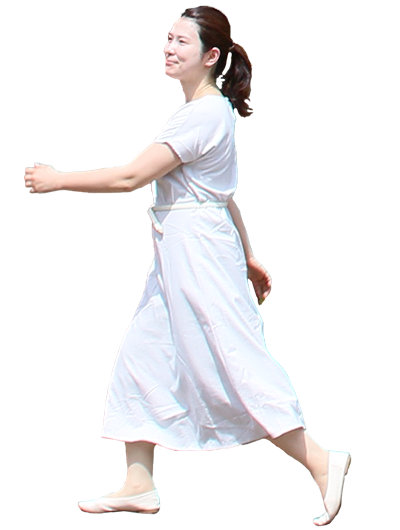
photo:Ichijodani Asakura Clan Ruins
-
1Ichijodani Shimokido
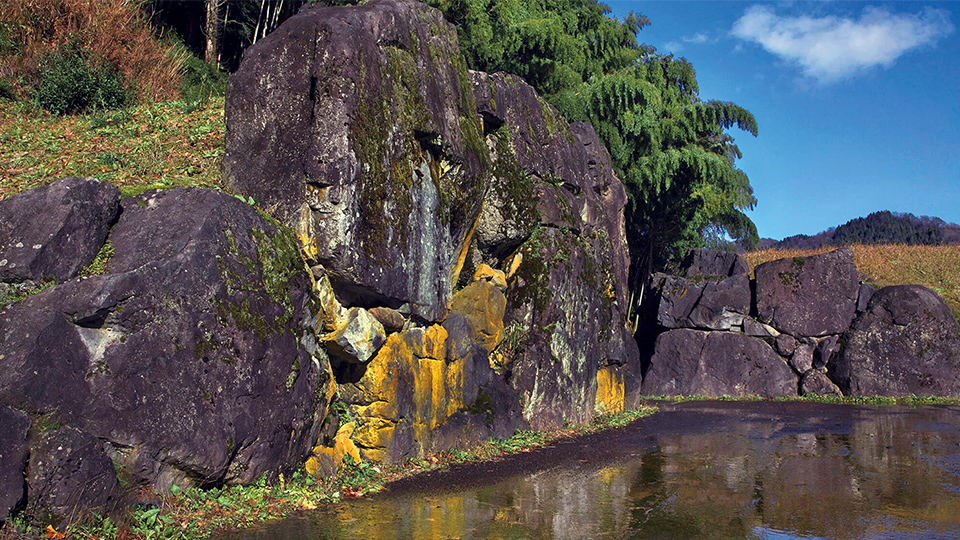
2 minutes by car
-
2Restored samurai residence in Asakura Clan Ruins (Parking available)
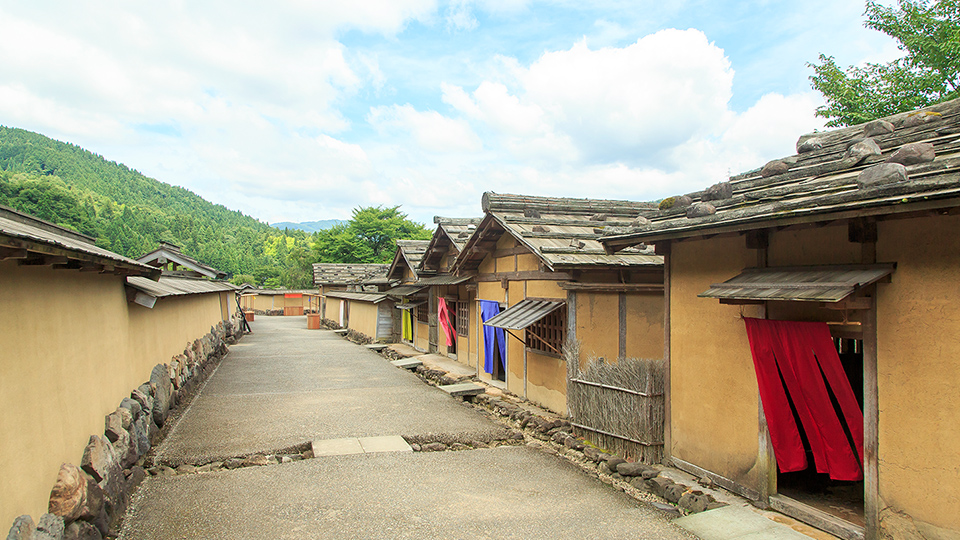
8 minutes by car
-
3karamon (a large gate with a karahafu gable)(Ichijodani Asakura Clan Ruins)
 This is a city in the medieval period built by Asakura clan, a warring lord. The ruins of the castle gate built by piling up huge stones to prevent invasion by the enemy give a full im-pact on us. Relics discovered by excavation are exhibited in an exposure state, showing us foundation stones of the residences, stone walls, etc. in those days.
This is a city in the medieval period built by Asakura clan, a warring lord. The ruins of the castle gate built by piling up huge stones to prevent invasion by the enemy give a full im-pact on us. Relics discovered by excavation are exhibited in an exposure state, showing us foundation stones of the residences, stone walls, etc. in those days.
30 minutes by car
-
4Ruins of Fukui Castle
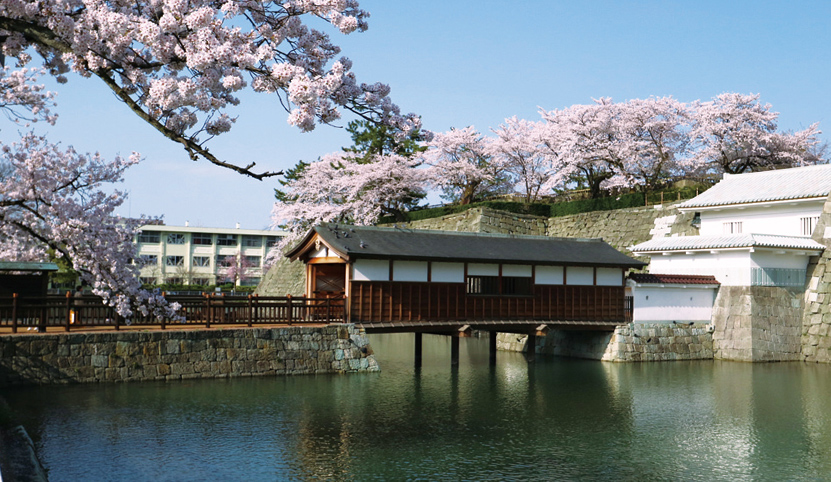 Fukui Castle was built by Yuki Hideyasu, Fukui’s first lord of the Edo Period. The main citadel, which once stood on the grounds we see today, was surrounded by a quadruple moat, as well as secondary fortifications at Ninomaru and Sannomaru. The high stone walls that protected this castle were made with meticulously cut and stacked shakudani stone blocks, each carved to be roughly the same size. This colorful stone was also used to create the castle’s irrigation ditches, cornerstones, and tiles.
Fukui Castle was built by Yuki Hideyasu, Fukui’s first lord of the Edo Period. The main citadel, which once stood on the grounds we see today, was surrounded by a quadruple moat, as well as secondary fortifications at Ninomaru and Sannomaru. The high stone walls that protected this castle were made with meticulously cut and stacked shakudani stone blocks, each carved to be roughly the same size. This colorful stone was also used to create the castle’s irrigation ditches, cornerstones, and tiles.
6 minutes by car or 15 minutes on foot
-
5Tsukumo Bridge (at the farther side) and a cherry-tree-lined path
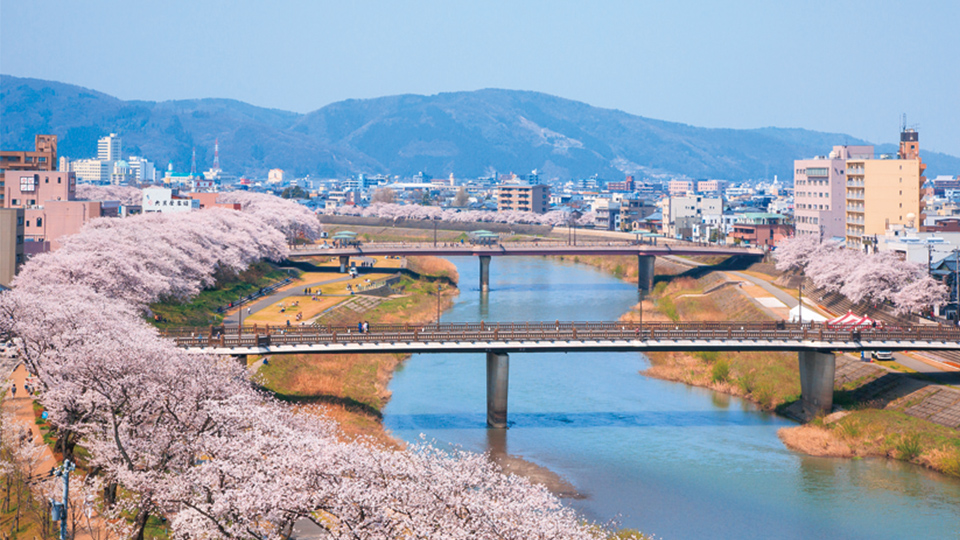 Tsukumo Bridge (at the farther side) Built by the powerful Shibata Katsuie during his brief reign as Fukui’s warlord, this bridge spanned the Asuwagawa River as part of the old Hokuriku Road network. It was famous during the Edo Period for its unique half-stone, half-wood construction method, with the bridge’s southern half made of shakudani stone, and its northern half made of wood. There are many theories as to why this was, and the bridge was a popular subject for study in the past. For most of the Edo Period this was the river’s only bridge, and a pier built on the river’s northern bank carried goods to and from the coastal town of Mikuni
Tsukumo Bridge (at the farther side) Built by the powerful Shibata Katsuie during his brief reign as Fukui’s warlord, this bridge spanned the Asuwagawa River as part of the old Hokuriku Road network. It was famous during the Edo Period for its unique half-stone, half-wood construction method, with the bridge’s southern half made of shakudani stone, and its northern half made of wood. There are many theories as to why this was, and the bridge was a popular subject for study in the past. For most of the Edo Period this was the river’s only bridge, and a pier built on the river’s northern bank carried goods to and from the coastal town of Mikuni
8 minutes by car or 24 minutes on foot
-
6Tangando
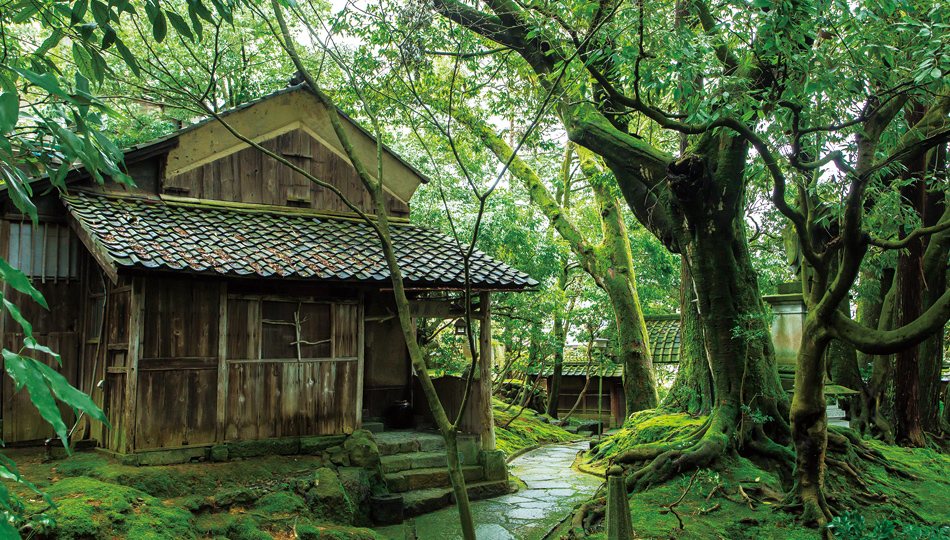 On the northwestern foot of Mt. Asuwayama lies Tangando, a hermitage built by a doctor named Yamamoto Zuian in the Edo Period. The building was also used as a secret meeting place by Fukui’s 16th lord, Matsudaira Yoshinaga, and his vassals. At that time, Fukui’s shakudani stone was mined here and shipped across the country via the Asuwagawa River. This same stone was lovingly used for Tangando’s scenic foot paths, lanterns, and bridges.
On the northwestern foot of Mt. Asuwayama lies Tangando, a hermitage built by a doctor named Yamamoto Zuian in the Edo Period. The building was also used as a secret meeting place by Fukui’s 16th lord, Matsudaira Yoshinaga, and his vassals. At that time, Fukui’s shakudani stone was mined here and shipped across the country via the Asuwagawa River. This same stone was lovingly used for Tangando’s scenic foot paths, lanterns, and bridges.
11 minutes by car or 36 minutes on foot
-
7Fukui Sta.
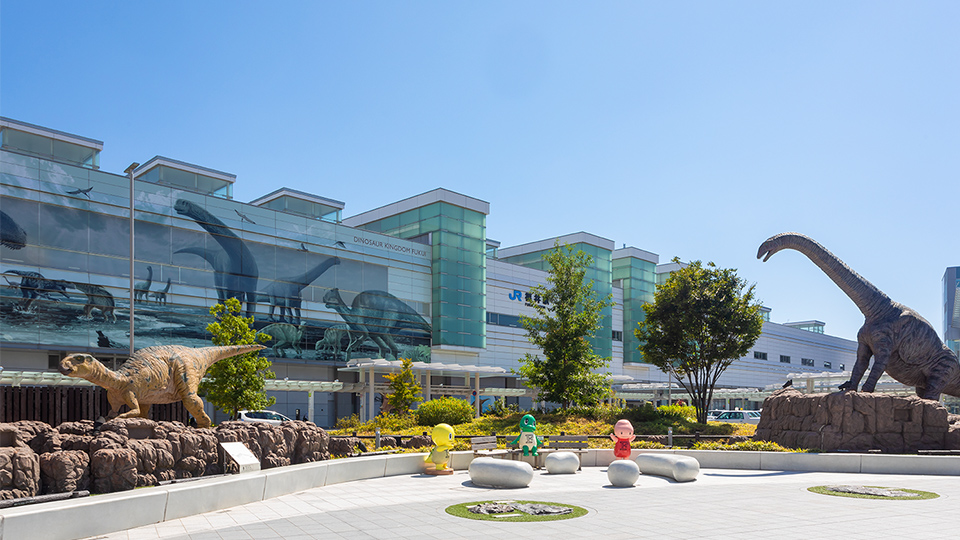
 Gourmet info & attractive spots with hands-on experience around here
Gourmet info & attractive spots with hands-on experience around here
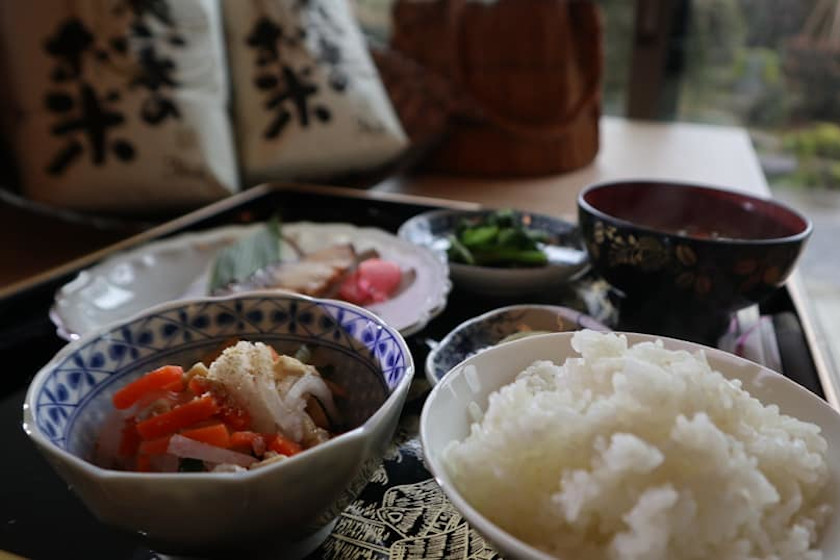
restaurant
Kine & Usu (a lodging facility and Japanese restaurant)
22 Kamitōgōchō, Fuku City, Fukui Prefecture
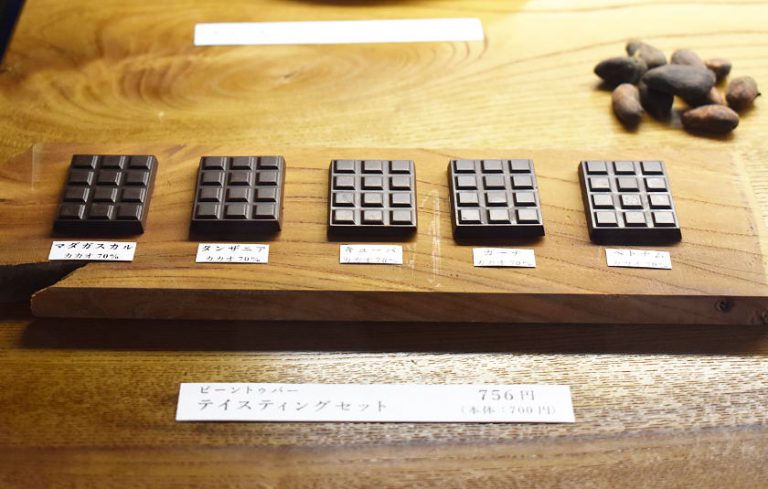
café
Yamaoku Chocolate hiyori(a shop that makes and sells chocolate)
58-85-1 Yamaokuchō, Fuku City, Fukui Prefecture

café
ASUWAYAMA DECK
111 Asuwakamichō, Fuku City, Fukui Prefecture
